
Lately, farmers have been in the news much more often than normal. They have been shown dumping milk down the drain, tilling up entire fields of fresh produce, and destroying unhatched chicken eggs. It seems incredibly wasteful, and many have asked
“Why don’t they just donate it?”
The answer is complicated.
We’ve probably all heard about dairy farmers dumping milk. Dairy Farmers of America, a dairy co-op, estimates that as much as 3.7 million gallons of milk are being dumped each day. That’s a staggering amount.
After cows are milked, that milk is processed in a variety of different ways, by many companies and facilities around the country. Some milk stays in drinkable form, while some becomes cheese, some ice cream, butter, yogurt, and this list goes on. Based on consumer demand of each of those items, processors take in a certain amount of milk to make the final product. During production, they use specific equipment to process, package, store, and transport the food.
Some of those facilities concentrate entirely on large scale production for restaurants, hotels, and schools. While many of those establishments are closed, a facility processing 5-gallon buckets of ice cream wouldn’t have anywhere to sell that ice cream. Their production line might not have the right size equipment for the quart and a half tubs we get at the grocery store. They could convert, but that would cost a lot of money. And schools and restaurants will eventually open again, so that facility would need to then pay to convert back to normal production. Imagine that concept across every dairy product we eat.
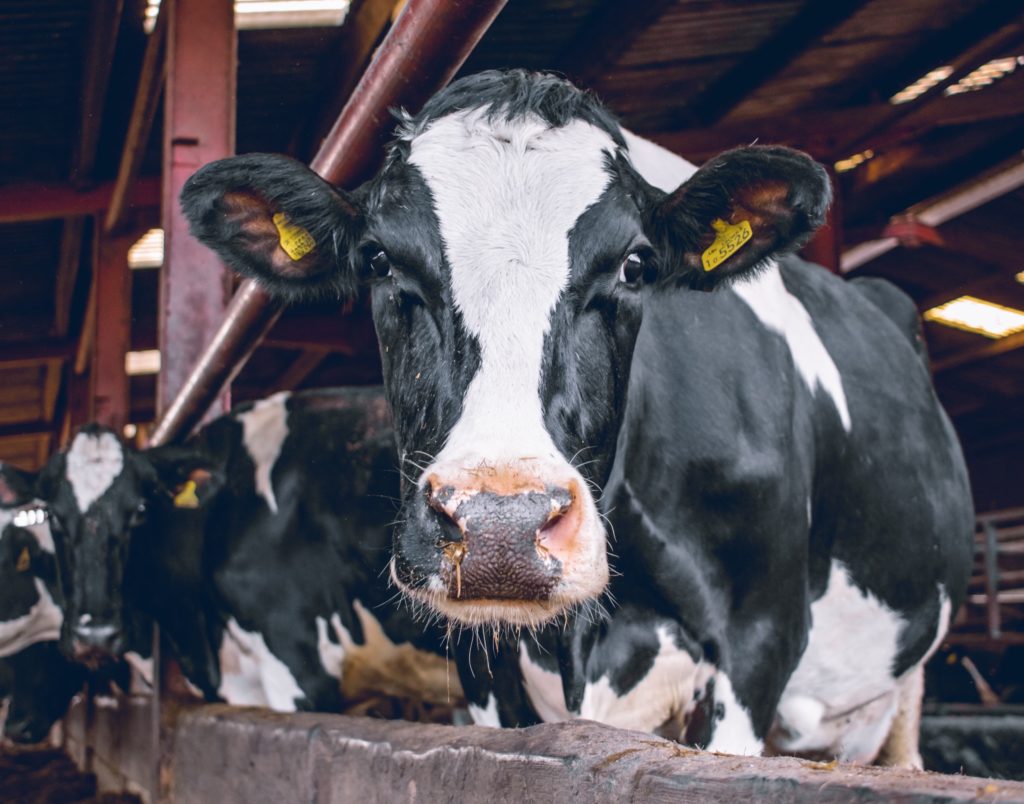
A lot of produce is contracted ahead of time for a specific purpose and started in the field months before it is needed. Fields are planted with a destination in mind, again based on demand, like dairy. The New York Times published an article on this subject recently and included a picture of tilled green beans, so let’s use them for the example.
Some farmers might grow their beans for the fresh market, meaning they will be harvested, cleaned, packaged, and taken to a grocery store to be sold in the produce section, or in larger-scale packaging to restaurants and hotels. Some beans might be meant for the freezer. Other fields will head to the local cannery. Again, each processing facility is set up for specific tasks.
We are still all eating, so shouldn’t we need the same amount of food that we did before?
Eating from home means that our eating habits have changed. Think about how often onion rings are ordered at restaurants. How many times have you made onion rings in the last month? We just don’t need as many onions as the market had been planning on this year. We don’t need, or can’t sell, many things that farmers had planned for this year.
So the dairy farmers dump the milk and the crop farmers till under the veggies.
(I want to be clear that not all milk is being dumped and not all produce is being destroyed. A farmer will never, never destroy their crop unless it’s their last option. They have poured time and money and heart into their production.)
Back to the original question: why don’t they just donate it?
It would be a beautiful thing to do. And the farmers I know are all wonderfully giving people who would love to. They aren’t destroying it because they think “If I can’t make money, no one can have this.” They are destroying it because they might go out of business paying the cost to donate. Not to mention the logistical work behind donation: distribution, food bank resources, etc.
Food can’t just go from the farm to the hands of the consumer. Milk has to be pasteurized to be safe. And then be bottled. Fruits and vegetables have to be washed, sorted, and packaged. For farmers and processors to pay for the milking/harvesting, processing, and transportation so that they can donate the product…that’s asking a lot.
Food banks have a limited capacity for refrigeration and storage as well. They are working hard to make sure that people are receiving the food they need, but their systems can’t be changed overnight. They have to implement new ways of taking in, storing, and distributing food. We can’t just divert the entirety of production meant for restaurants and hotels to food banks, for instance.
Is there help in sight to aid farmers and consumers and prevent so much waste?
I hope so.
On April 17th, the USDA announced plans for a 19 billion dollar aid package for farmers and ranchers. 16 billion is supposed to go directly to farmers, to pay a percentage of their losses. The other 3 billion will be used to purchase fresh produce, dairy, and meat to be distributed to those in need. They will be using food banks and community and faith-based organizations to distribute the food. There are two other sources of funds, around $850 million each, that can be used for food purchases and food bank administrative costs as well.
The USDA press release about this funding said that details on eligibility and implementation will be released later. I personally can’t speak to how well this program will be implemented or what effect it will truly have on farmers and ranchers of varying sizes. This is a huge undertaking, to partner with distributors across the country to collect the produce, dairy, and meat and then distribute it to those organizations.
I want it to go seamlessly. I want food to be harvested and not wasted. Farmers to be paid for their production. The hungry and needy to be fed and nourished.
Many of the farmers who have had to destroy crops are now in a tough position. Once things are opened back up, more food will be needed again. You can’t grow something in a day (green beans take from a month and a half to two months, for instance), so they have to plant again hoping that, come harvest time, there is demand for the crop.
There are so many variables and considerations when it comes to growing and producing the food that feeds this world. While demand will always ebb and flow, we are in uncharted territory and farmers are doing the absolute best they can to make sure that you can eat during this quarantine and that when we come out on the other side of this, there is food in the restaurants for you to go enjoy as well. In the meantime, the next time you order a pizza, ask for extra cheese.
Leave a Reply
Previous Post
Next Post
Food companies often use fear and misconceptions to market their product. Enter your email below and you'll have 5 ways to beat them at their sneaky game.
5 Food Label Secrets to Save Big $$$ at the Grocery Store
oh, yes please
FREE DOWNLOAD
The Olive Branch
Offering first-hand perspective on farming and our food supply
Home
About
consulting
resources
Contact
the blog
Follow along on Instagram
@theolivebranch_j
The olive branch 2024 | design by tonic
ag Tours

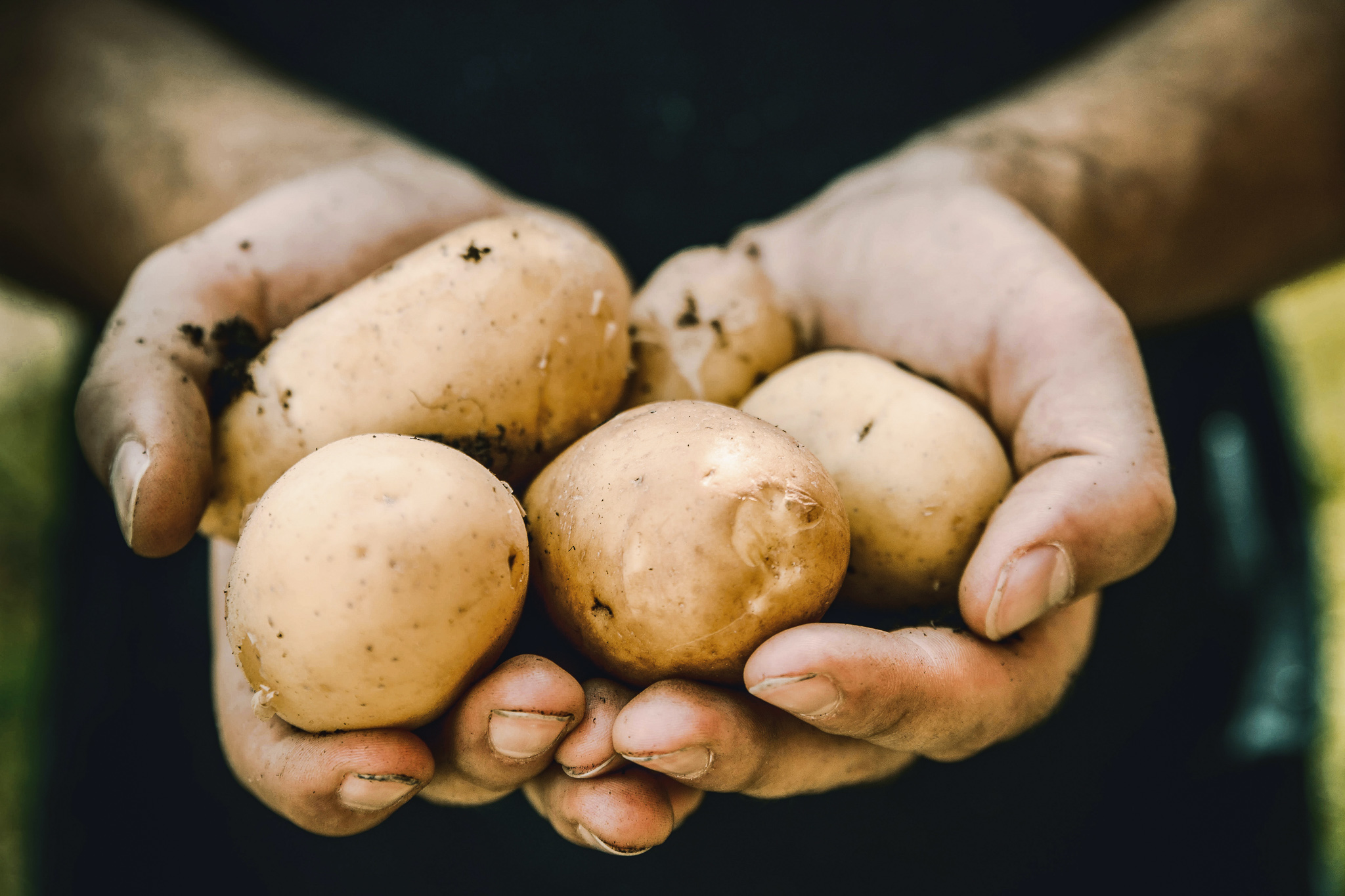

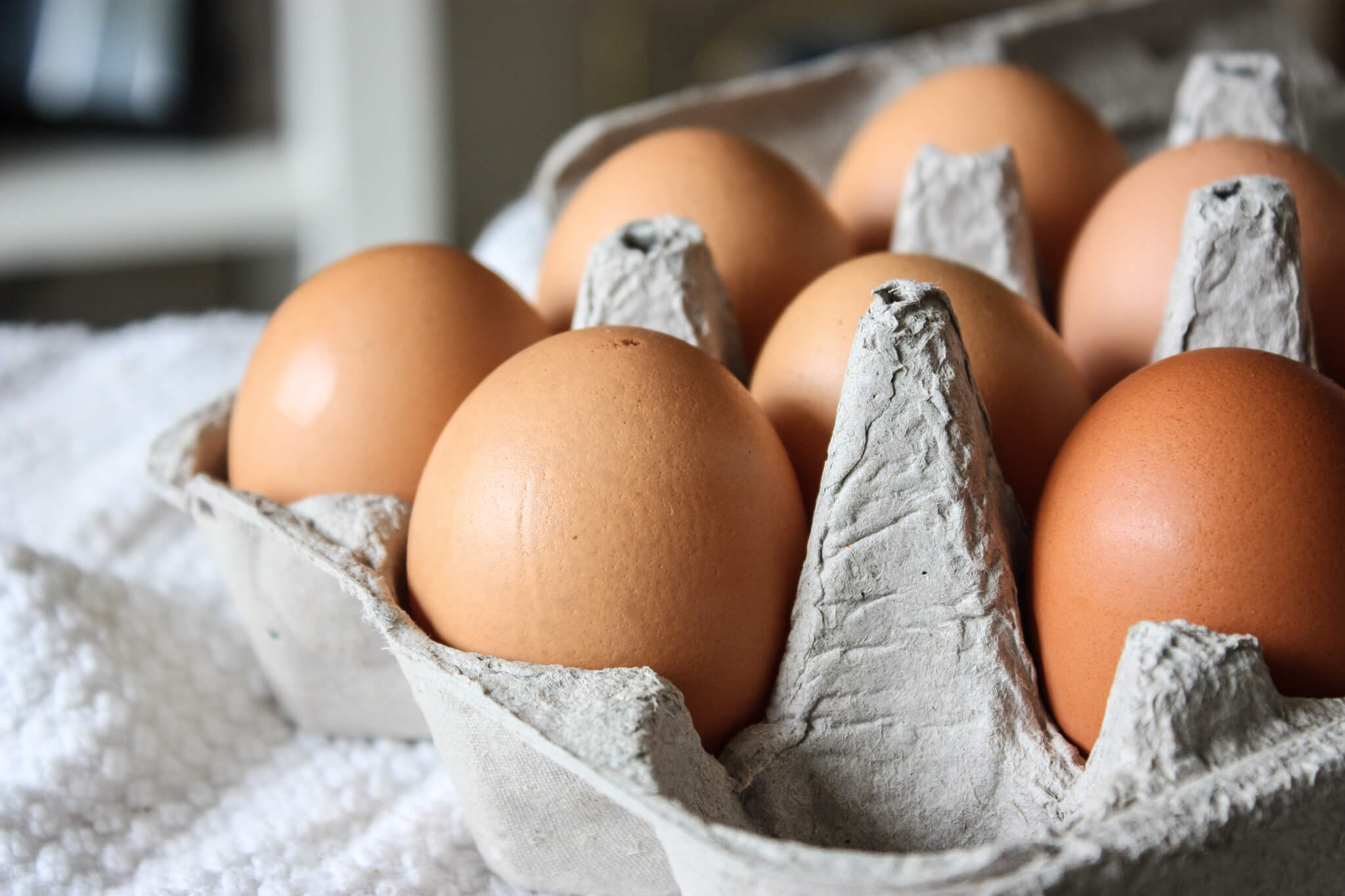
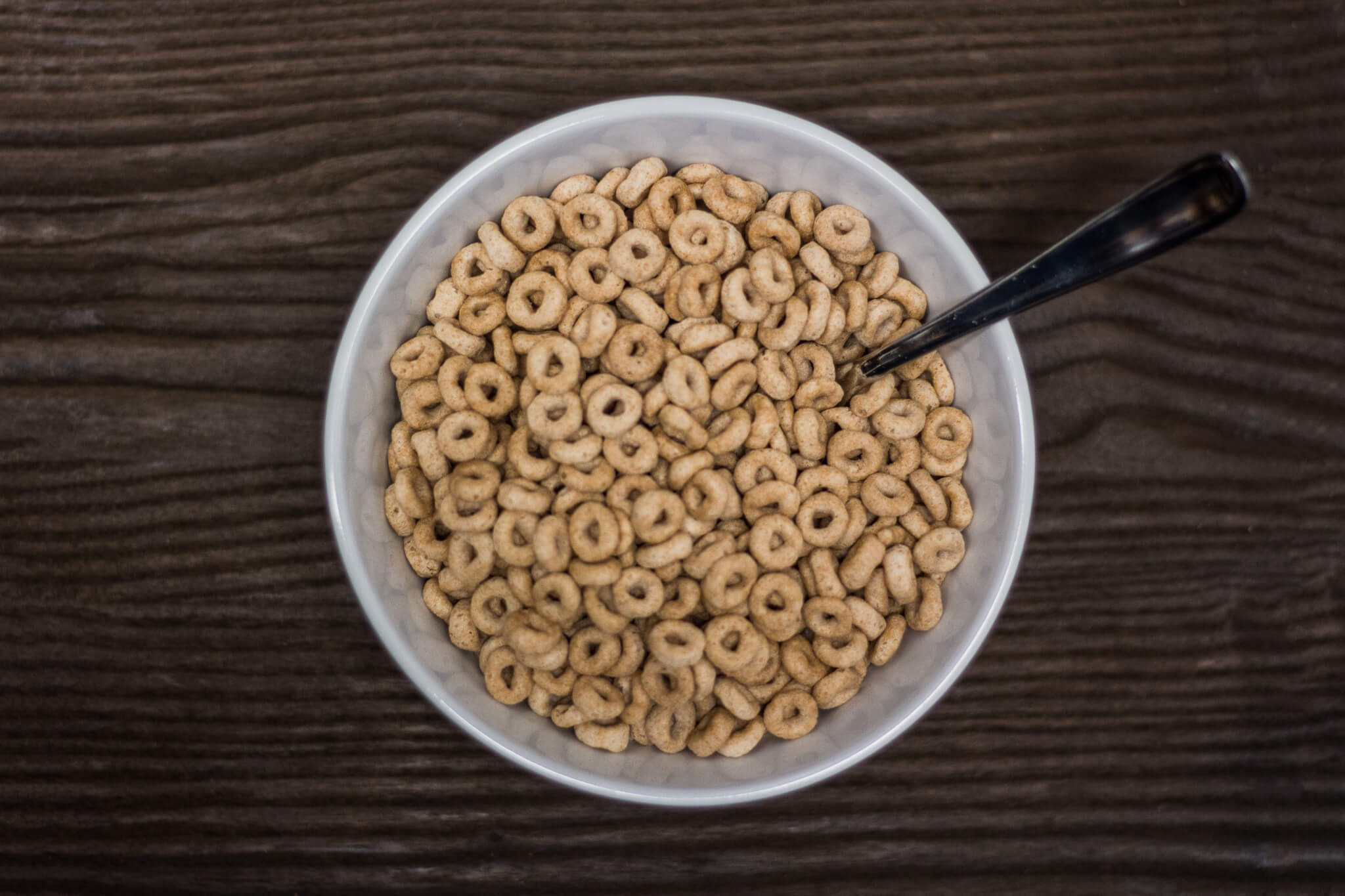
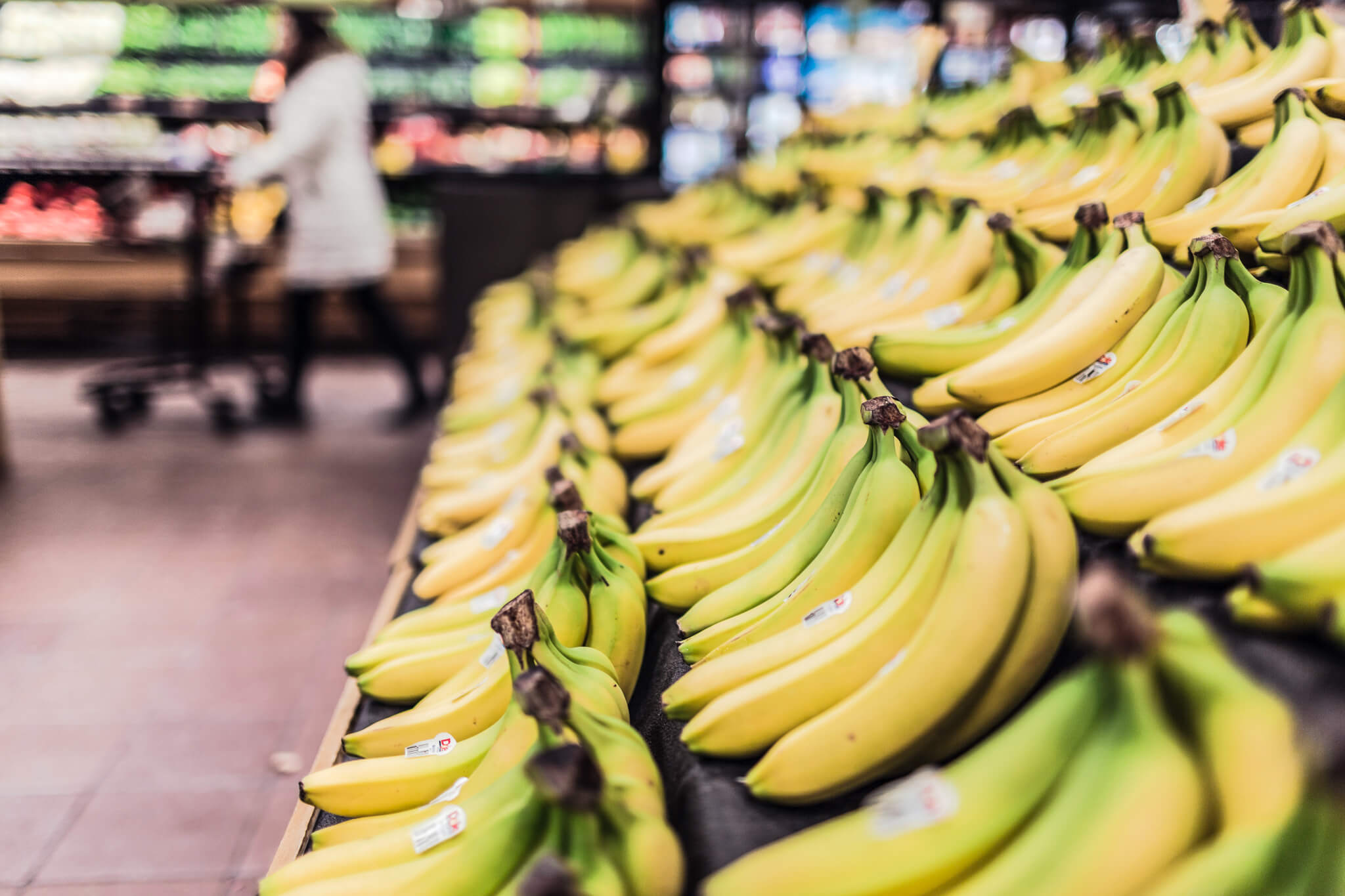
I am glad that funds are available to help produce get to the food banks.
I’d love to learn more about this. I know CA food banks have been purchasing produce from farmers (at a discount, but at least enough to help cover some costs or try to break even), but I haven’t heard of that in Oregon and didn’t see anything about it on their site when I looked.
Jordyn I wonder about the possibility of some dairies milking only once a day so that they are producing less. I realize that can create stress on the cows, but they are used to their milking schedules changing/stopping a couple of times a year anyway.
What a great post that answers lots of questions out there right now. I love how you break everything down into “easy-to-understand” snippets with factual information. THANK YOU